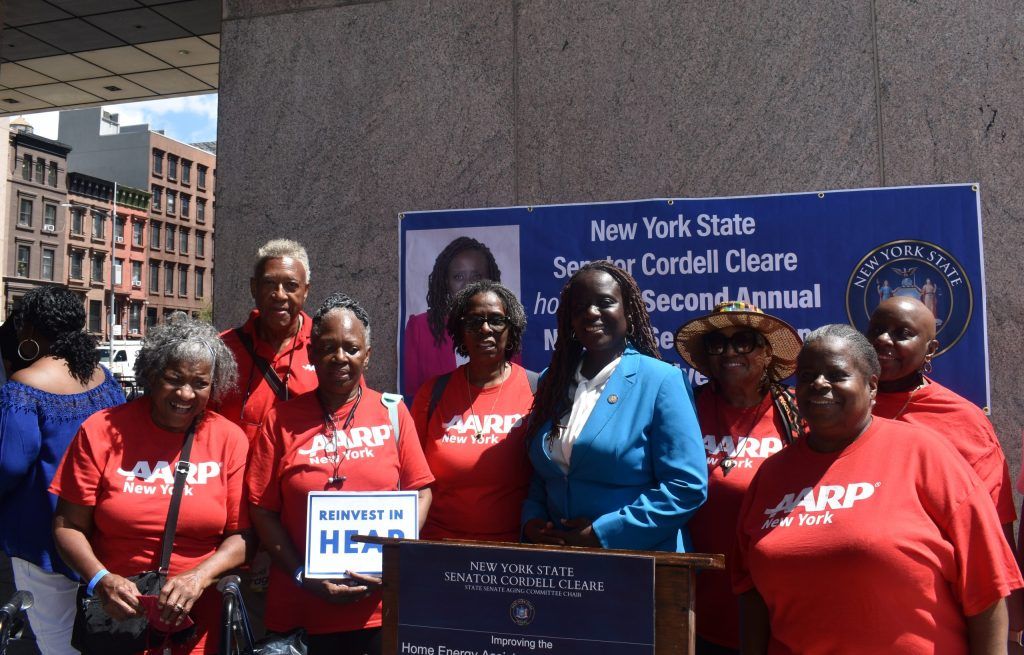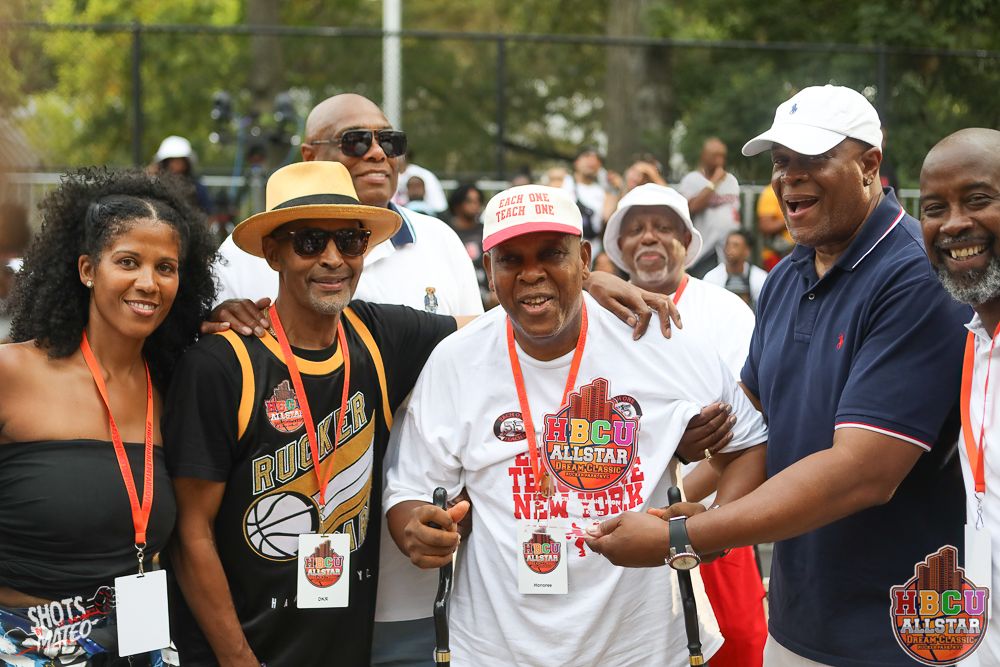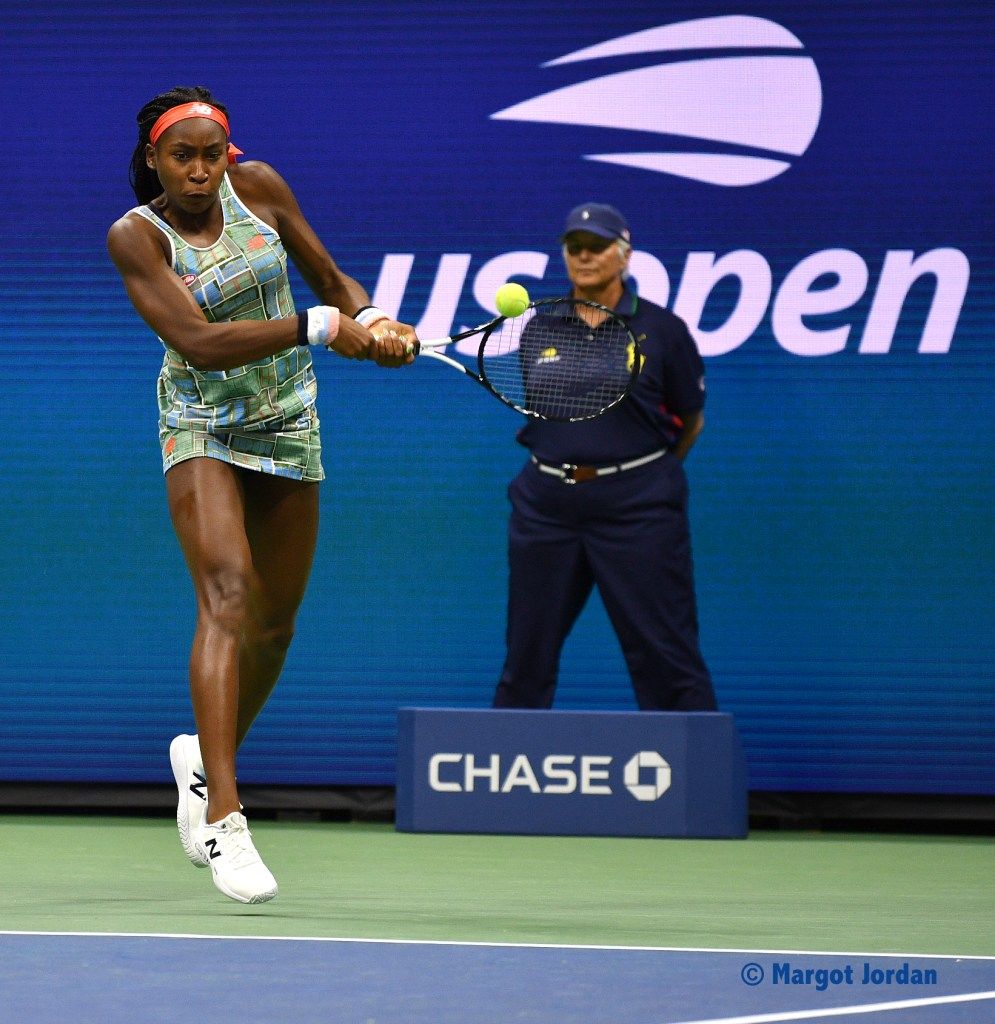HEAT, HEAP: Cleare’s bill helps seniors stay cool this Senior Day

Senator Cordell Cleare kicked off her second annual Senior Day during Harlem Week, an event she initiated more than 20 years ago. The entertaining event stands as a testament to improving the quality of life for seniors and fostering community connections while tackling one of the challenges the city’s seniors face: staying cool.
Sustainable “beat the heat” legislation has been a priority for Cleare. In response to the depletion of state program funds for Low-income Home Energy Assistance Program (LIHEAP) during this year’s hottest month, Cleare has introduced a new bill, Senate Bill 7629, aimed at helping more seniors get access to Home Energy Assistance Program (HEAP) Cooling Assistance benefits and fully funding the program. At the moment, there is also a medical eligibility requirement for seniors that Cleare is advocating be removed.
As of 2021, NYU Furman Center statistics indicated that 13.6% of Central Harlem’s population is age 65 or older.
Cleare, who chairs the State Senate Aging Committee, held the Senior Day event in front of the Adam Clayton Powell State Office Building on 125th Street. The plaza was packed with jubilant Harlem seniors. They honored the birth of hip hop and spoke about the importance of homeownership. Cleare bestowed a proclamation on 102-year-old Geri Fowler Mckee.
Mckee, who is white, was 8 years old when she moved to Harlem. She lived at 409 Edgecombe Avenue, the historic residence of Harlem greats like W.E.B. and Shirley Du Bois, painter Aaron Douglas, justice Thurgood Marshall and activist Walter White. Mckee said that in her youth, she worked for an anti-Nazi league that also infiltrated sectors of the Ku Klux Klan, a white supremacist group in the U.S., to learn about and thwart cross burnings and other acts of terror committed against the Black community.
“Laughing all through the problems, dancing, and playing good music,” said Mckee, is her secret to staying young. “Black music.”
The seniors in attendance enjoyed free food, live music, activities, and educational programming under tents to get out of the sun.
According to Amsterdam News research about the impacts of heat islands, Black neighborhoods like Harlem, Hunts Point, and East Flatbush have historically not been invested in. In 2021, “Harlem was nearly 10 degrees hotter than other neighborhoods surrounding Central Park” and had fewer public cooling centers compared to other neighborhoods.
“Air conditioners are not a luxury—it’s a health necessity for our seniors, and they shouldn’t have to struggle to get cool,” said Cleare from the podium.
“Extreme heat—especially when combined with high humidity—is the deadliest impact of climate change. But it does not impact everyone equally. For example, in New York City, Black residents are twice as likely to die from heat-stroke as white New Yorkers,” said Justice Caleb Smith, resiliency coordinator at WE ACT for Environmental, in a statement.
Smith said that removing the medical requirement barrier for access to the HEAP program would make all vulnerable seniors eligible regardless of their health conditions.
Harlem officials like Assemblymember Inez Dickens and Councilmember-elect Yusef Salaam in attendance were behind Cleare’s bill.
“A bill such as this is so important, to not only the senior population but those that are disabled and physically challenged,” said Dickens at the event. “It is incumbent on us to try and fight, and today, our senator is fighting for us and for HEAP to be properly funded on all levels of government.”
Salaam said that seniors are “near and dear to [his] heart.”
Ariama C. Long is a Report for America corps member and writes about politics for the Amsterdam News. Your donation to match our RFA grant helps keep her writing stories like this one; please consider making a tax-deductible gift of any amount today by visiting https://bit.ly/amnews1.
The post HEAT, HEAP: Cleare’s bill helps seniors stay cool this Senior Day appeared first on New York Amsterdam News.


















